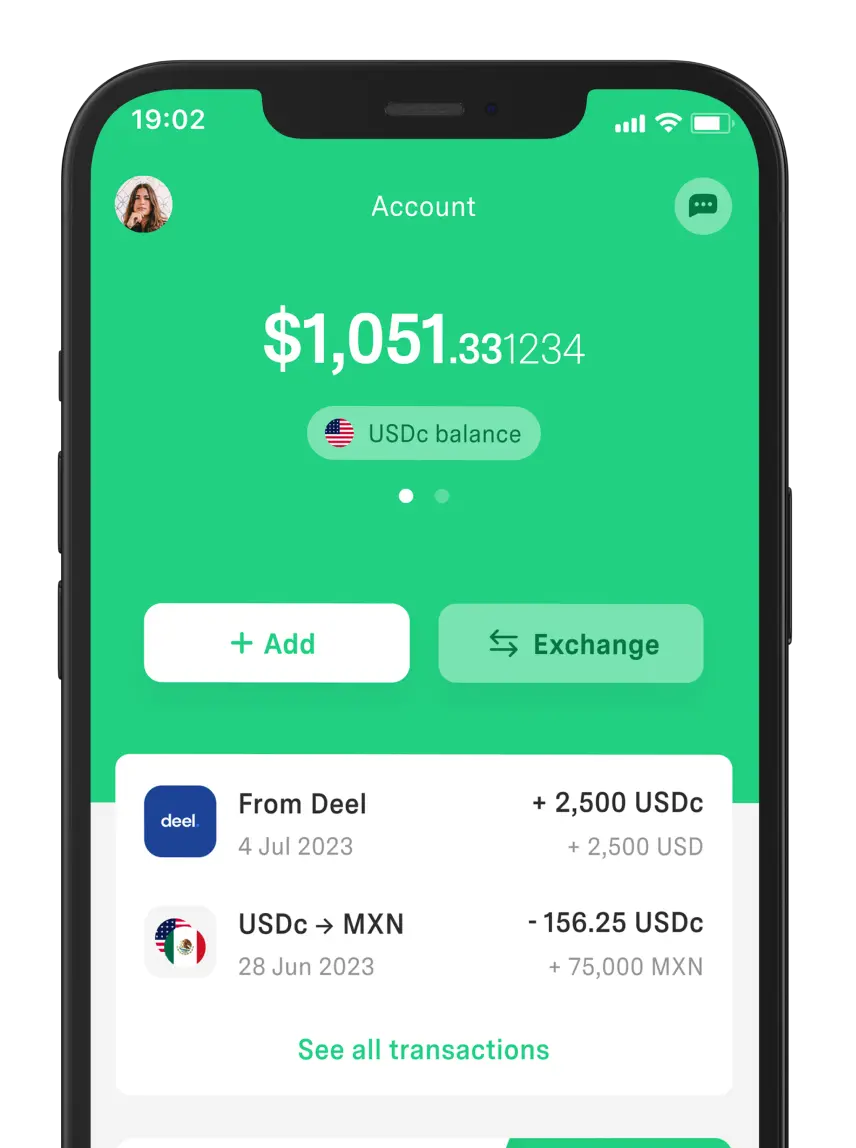 Your Money
Your Money African Currencies: The Most Used and Their Economic Impact
What are the most important currencies in Africa? Here’s an updated list with the value of each African currency in U.S. dollars.



We all care about where to place our money and how to find solutions that drive our projects forward. And in 2025, with the financial sector evolving so fast, understanding it has become a necessity.
That’s why in this post we’ll talk about financial institutions, their functions, and the types that exist. You’ll also find examples to help you identify the right institution for each financial goal.
So keep reading and discover the opportunities these entities offer to protect, move, and grow your capital.
They are organizations that operate within the economic system to facilitate the movement of money between different actors. Their purpose is to manage financial resources that allow people and businesses to make decisions with more security and efficiency.
Essentially, they act as intermediaries between those who have funds and those who need financing.
Examples of financial institutions:
Institution Name | Type of Service Offered |
BBVA | Commercial banking |
Citibanamex | Comprehensive financial services |
Seguros GNP | Insurance company |
Inbursa Casa de Bolsa | Brokerage intermediary |
Kueski | Online lending platform (Fintech) |
PayPal | Digital payment institution |
Cetesdirecto | Government investment platform |
Over time, these institutions have become essential—not only in daily operations but also in strategic investment and financing decisions.
The financial system is made up of different types of institutions, each playing a specific role in the economy.
Below are the main types of financial institutions in Mexico:
These are the most recognized financial institutions in the system. Their main function is to act as intermediaries between those who need financing and those looking to save or invest their money, offering services such as:
Bank accounts.
Personal loans.
Mortgages.
Examples of banking financial institutions:
Bank Name | Type |
Citibanamex | Multiple banking |
Banco del Bienestar | Development bank |
Banorte | Multiple banking |
HSBC México | Multiple banking |
Banjército | Development bank |
Banco Azteca | Multiple banking |
They may also offer financial advice to individuals or companies.
These entities offer financial protection against unexpected events. Their goal is to reduce the financial impact of events that may affect people or businesses.
Some commonly contracted insurances in Mexico include:
Life insurance.
Property insurance (auto and home).
Major medical expenses.
Accident and illness insurance.
Examples of insurance financial institutions:
Insurance Provider | Main Specialty |
GNP Seguros | Life, auto, medical expenses |
AXA México | Health, auto, home |
MetLife México | Life and savings insurance |
Seguros Banorte | Life, health, auto |
Mapfre México | Auto, home, asset insurance |
Qualitas | Auto insurance |
All listed insurers are registered and regulated by the National Insurance and Bonding Commission (CNSF).
These include organizations that also offer loans and savings products but operate under schemes different from traditional banks. They often serve sectors or profiles that struggle to access banking services.
Among the best known are:
Examples of NBFIs:
Institution Name | Type of NBFI |
Creditea | SOFOM |
Konfío | SOFOM |
Fincomún | SOFIPO |
Libertad Servicios Financieros | SOFIPO |
Crédito Real | SOFOM |
Progresemos | SOFIPO |
Investment funds are popular financial vehicles for those looking to grow their money in a controlled manner. By pooling resources from multiple investors, they allow access to a diversified portfolio managed by financial experts.
Examples of investment funds in Mexico:
BBVA Multiestrategia.
Actinver Crecimiento.
SURA Rendimiento Total.
GBM Fondos.
Citibanamex Conservador Plus.
Principal Fondos de Inversión.
Returns from some funds may be subject to income tax depending on the amount and type of investment.
These institutions are key for operating in the stock market. Through them, both individuals and companies can buy and sell securities, such as stocks, certificates, bonds, and other financial instruments.
Examples of brokerage firms in Mexico:
GBM (Grupo Bursátil Mexicano).
Actinver Casa de Bolsa.
Casa de Bolsa Citibanamex.
Vector Casa de Bolsa.
Intercam Casa de Bolsa.
Banorte Casa de Bolsa.
Note: to operate with a brokerage firm in Mexico, you must open an investment account.
These new tech companies are changing the way Mexicans access financial services. They offer fast, simple, and often more accessible digital solutions compared to traditional options.
From apps for sending and receiving money to peer-to-peer lending platforms or automated financial advice—some even support international transfers, gaining popularity for their speed, low cost, and ease of use.
Often, IBAN and BIC/SWIFT codes or bank routing numbers are required depending on the origin of the transfer.
Examples of Fintechs in Mexico:
DolarApp.
Mercado Pago.
Kueski Pay.
Ualá.
Bitso.
Xepelin.
When it comes to sending or receiving payments from abroad in digital dollars (USDc), DolarApp is an attractive alternative. You can also convert your USDc to MXN and vice versa with no hidden fees and at a competitive exchange rate.
DolarApp operates as a decentralized finance platform and is legally incorporated in Mexico.
Financial institutions perform various functions to ensure the economic system operates in a stable and efficient manner.
Among the main functions of financial institutions, we can mention:
Resource intermediation. They connect individuals/companies with available capital to the part of the market that needs financing. This allows money to circulate productively.
Participation in capital markets. They channel savings into investment, helping capital flow into profitable projects and economic activities that drive development.
Financial risk management. They offer tools, such as insurance or derivative products, that protect individuals/companies against unforeseen events or financial losses.
Payment and collection services. They facilitate the movement of money through cards, transfers, and digital systems, making commerce and daily operations possible.
Financial advisory. They provide guidance on topics such as investments, wealth management, and financial planning.
Promotion of savings and investment. They encourage the creation of wealth through savings accounts or investment funds, tailored to different profiles and goals.
In short, the functions of financial institutions go beyond simply enabling resource allocation. They also promote order in the markets and ensure that financial operations are conducted in a structured and secure manner.
Financial entities play a key role in the functioning of the economy. Their presence allows for more efficient resource distribution and enables clients to access solutions that promote economic development.
Therefore, there are several reasons why they are essential:
They offer credit options that allow individuals and businesses to obtain resources for consumption, investment, or growth.
They transform idle capital into productive investments that generate employment, innovation, and economic value.
They provide protection mechanisms against financial losses resulting from unexpected events.
They finance infrastructure, housing, and ventures that have a direct impact on social well-being.
Financial institutions in Mexico are also a key tool for improving inclusion and reducing inequality.
This impact is reflected in data such as that from the ENIF in 2024. The results showed that 76.5% of Mexicans between 18 and 70 years old have at least one financial product. In 2021, only 67.8% had one.
This progress confirms the increasingly relevant role of financial institutions in the economic and social development of the country.

Los países tienen fronteras. Tus finanzas, ya no.
 Your Money
Your Money What are the most important currencies in Africa? Here’s an updated list with the value of each African currency in U.S. dollars.

 Your Money
Your Money Looking for the best option to receive and send payments? Today we make an honest comparison between Wise and DolarApp. Find out which one is best for you

 Your Money
Your Money Why does the dollar rise or fall? There are many causes that affect the exchange rate every day, and here we explain each one and how they impact your wallet.


